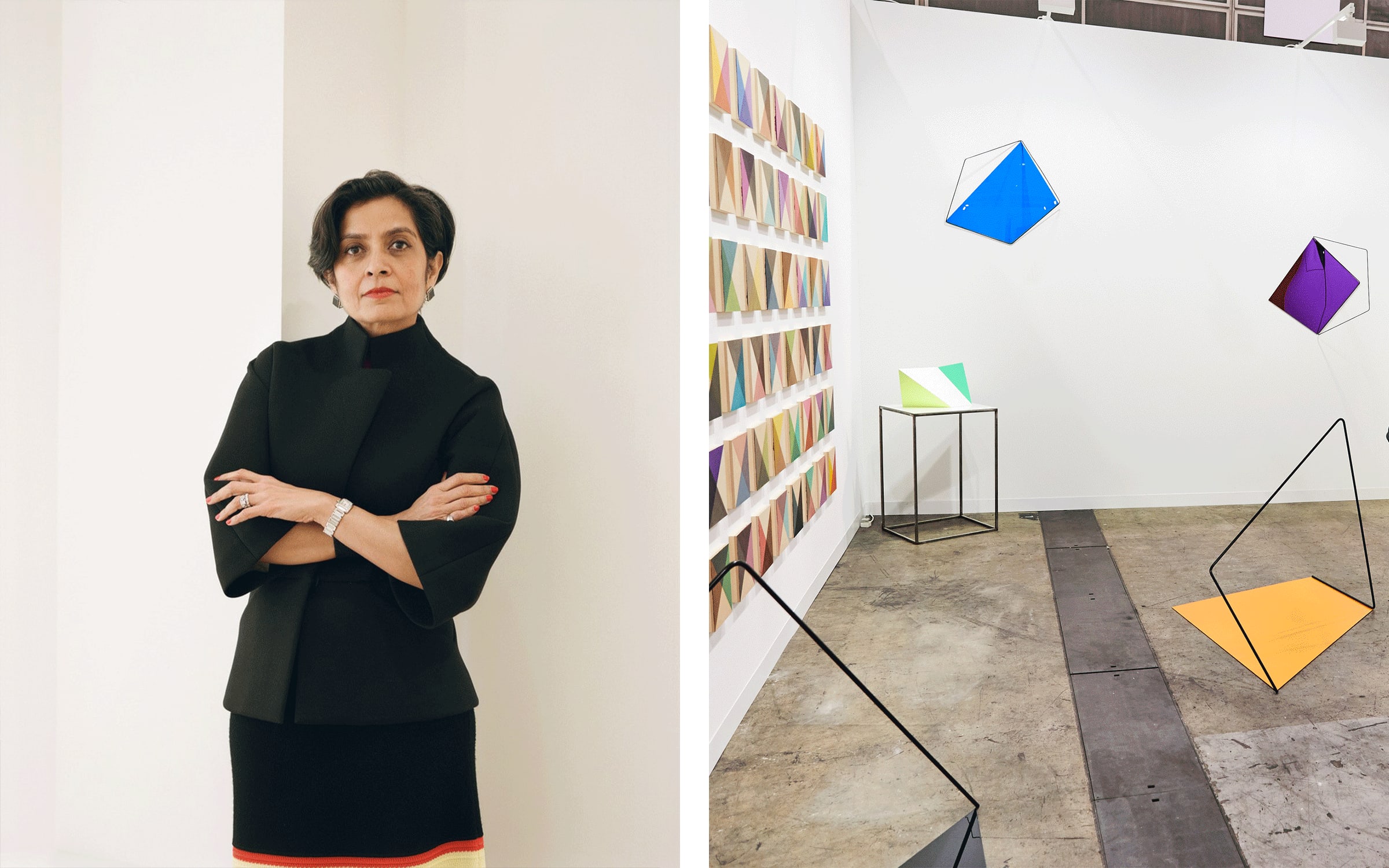
There has been much lip service paid to gender equality in the art market, even if the data tells us that the struggle for equal pay among artists is almost at a standstill. However, hope comes from the Art Basel and UBS report A Survey of Global Collecting in 2022, which found that the needle has moved to some degree, with female artists accounting for 42% of works in collections in 2022 compared with 33% in 2018.
While the survey does not conclude that this shift is being solely driven by a specific generation, there is some evidence to suggest that millennials are partly responsible, particularly when it comes to collecting ‘ultra-contemporary’ art created by their peers (born after 1974, according to the definition of the term). According to Artprice, half of the USD 200.9 million hammered at auction for ultra-contemporary art in the first half of 2022 came from 10 artists, seven of them women: Ayako Rokkaku, Flora Yukhnovich, Avery Singer, María Berrío, Anna Weyant, Christina Quarles, and Loie Hollowell. In Hong Kong in particular, records for some of these artists have been bolstered by Asian collectors under 45.

While some say art history is being rewritten, others say speculation has been a factor in driving up the prices for emerging female artists. Chiara Repetto, who runs kaufmann repetto in New York with her sister Francesca Kaufmann, thinks it’s a bit of both. ‘The market is smart,’ says Repetto, whose growing stable of artists is predominantly female. ‘There’s a lot of market potential for the work of women artists, because their bodies of work are strong, but their prices are still much lower than their male counterparts.’ At the same time, an emerging generation of collectors are ‘less affected by bias,’ she adds. ‘It’s important to be aware of how our differences affect us, but it is refreshing to speak about the work of female artists without having to specify gender.’
The London-based gallerist Pilar Corrias, whose roster is two-thirds women, believes there is ‘a genuine desire’ to balance the art historical canon. She says: ‘Many younger collectors are aware of the numerous inequities that have passed unchallenged for too long. I think they recognize that change is a collective force, and wish to contribute to a new way forward.’




Leave a Reply